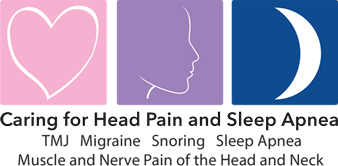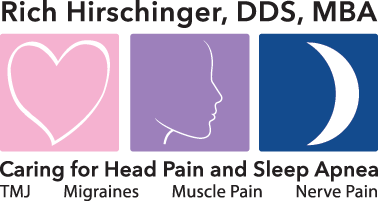

Rich Hirschinger, DDS, MBA
Diplomate American Board of Orofacial Pain
9615 Brighton Way, Suite 323
Beverly Hills, CA 90210
888.981.8981
Diplomate American Board of Orofacial Pain
9615 Brighton Way, Suite 323
Beverly Hills, CA 90210
888.981.8981
Diagnosing Sleep Apnea
More About Sleep Apnea
If a patient suspects they are suffering from sleep apnea, a doctor can check for some secondary symptoms of the condition. The soft palate or uvula may be swollen as a result of irritation caused by snoring associated with forcing air through the compromised airway in cases of obstructive sleep apnea.
A doctor may also be interested in a patient's family history, as a family history of sleep apnea is a strong indicator of the condition. The patient is also likely to be experiencing daytime fatigue due to poor quality sleep because oxygen is in low supply. If sleep apnea is suspected, an individual can be evaluated in a sleep study.
An overnight sleep study, performed by professionals through a polysomnogram (PSG), measures a number of factors including brain function, eye movement, heart rhythm and respiratory airflow in order to diagnose sleep disorders like sleep apnea. A person with clinically significant sleep apnea will demonstrate blood oxygen desaturation of three to four percent or more, and apneas, or pauses in breathing, of at least ten seconds at a rate of five or more episodes per hour.






